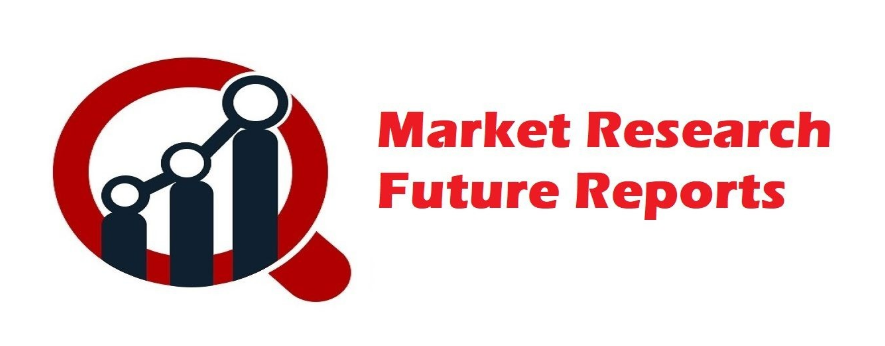The Population health management market Size was valued at USD 68.4 billion in 2021 and is projected to grow from USD 81.5 billion in 2022 to USD 396.13 billion by 2032, exhibiting a compound annual growth rate (CAGR) of 19.2% during the forecast period (2023 - 2032).
In the evolving landscape of healthcare, where the focus is shifting from mere treatment to proactive prevention and wellness, Population Health Management (PHM) emerges as a pivotal solution. This dynamic approach encompasses the aggregation and analysis of patient data across multiple health information technology resources. It aims to improve both clinical and financial outcomes by optimizing the delivery of care and addressing the health needs of specific populations.
Market Overview:
At its core, Population Health Management is about understanding the health status, needs, and behaviors of a defined group of individuals and using that information to improve their outcomes. This approach transcends traditional healthcare boundaries, encompassing factors such as social determinants of health, lifestyle choices, and environmental influences.
Key components of PHM include data aggregation, risk stratification, care coordination, patient engagement, and outcome measurement. By harnessing advanced analytics and predictive modeling, healthcare organizations can identify high-risk individuals and intervene early to prevent adverse health events.
Market Trends and Drivers:
The global Population Health Management market has witnessed remarkable growth in recent years, fueled by several key trends and drivers:
Shift towards Value-Based Care: Healthcare reimbursement models are transitioning from fee-for-service to value-based care, where providers are incentivized to deliver high-quality, cost-effective care. Population Health Management tools play a crucial role in helping organizations succeed in this new paradigm by improving care coordination, reducing unnecessary utilization, and enhancing patient outcomes.
Rising Chronic Disease Burden: Chronic conditions such as diabetes, cardiovascular disease, and obesity pose significant challenges to healthcare systems worldwide. Population Health Management enables proactive management of chronic diseases through early identification of at-risk individuals, personalized interventions, and ongoing monitoring to prevent complications and hospitalizations.
Advancements in Health Information Technology: The rapid advancement of health information technology, including electronic health records (EHRs), telehealth, wearables, and health monitoring devices, has paved the way for more comprehensive data collection and analysis. Integrating these technologies into PHM platforms enables real-time tracking of patient health metrics and facilitates seamless communication between care team members.
Focus on Social Determinants of Health: Recognizing the impact of social and environmental factors on health outcomes, healthcare organizations are increasingly incorporating social determinants of health (SDOH) data into their Population Health Management strategies. By addressing issues such as housing instability, food insecurity, and access to transportation, providers can better understand and mitigate barriers to care.
Key Players:
The population health management market players such as Forward Health Group, Epic Systems Corporation, Lumeris, Koninklijke Philips, Citra Health Solutions, Population Health, Conifer Health Solutions, Health Catalyst, Cotiviti, Orion Health, Arcadia, and Healthec LLC. These companies play vital roles in offering innovative solutions and services aimed at improving healthcare outcomes, managing costs, and enhancing patient satisfaction. Their diverse expertise and technologies contribute significantly to addressing the complex challenges within population health management.
Market Segmentation:
The Population Health Management market is segmented into various components, solutions, delivery modes, and end-users. Components include hardware, software, services, and others. Solutions comprise data integration & management, analytics, and other services. Delivery modes encompass on-premise and cloud-based solutions. End-users span healthcare providers, healthcare payers, and government organizations.
Regional Analysis:
In North America, including the US and Canada, significant growth is anticipated. Europe, encompassing Germany, France, the UK, Italy, Spain, and the rest of Europe, shows promising market potential. Asia-Pacific, comprising China, Japan, India, South Korea, Australia, and the rest of the region, is poised for substantial expansion. Meanwhile, the rest of the world, spanning the Middle East, Africa, and Latin America, presents diverse opportunities for population health management initiatives.
Challenges and Opportunities
The Population Health Management market trends faces several challenges, including data privacy concerns, interoperability issues, and reimbursement uncertainties. Healthcare organizations must navigate regulatory requirements and ensure compliance with data security standards to protect patient information and maintain trust.
These challenges also present opportunities for innovation and collaboration within the healthcare ecosystem. Partnerships between technology vendors, healthcare providers, and payers can drive interoperability initiatives and enable seamless data exchange across disparate systems. Moreover, advancements in artificial intelligence, machine learning, and predictive analytics hold immense potential for enhancing the effectiveness of Population Health Management programs.
About Related Reports:
Population Health Management Market


